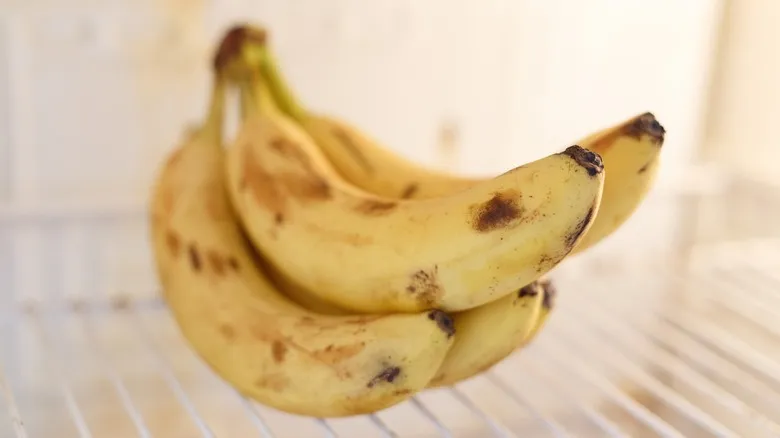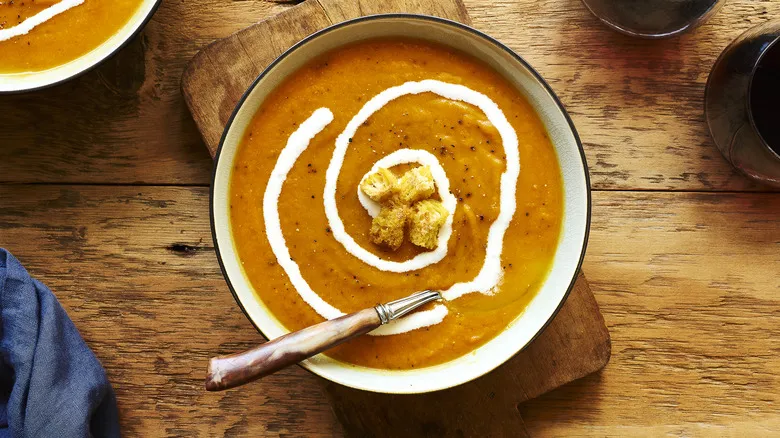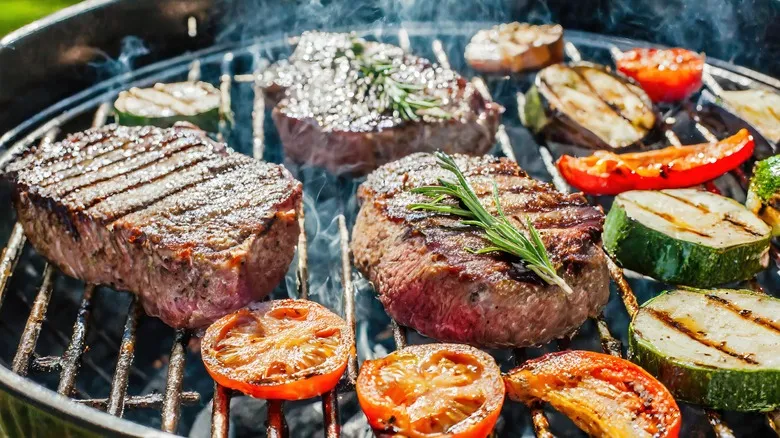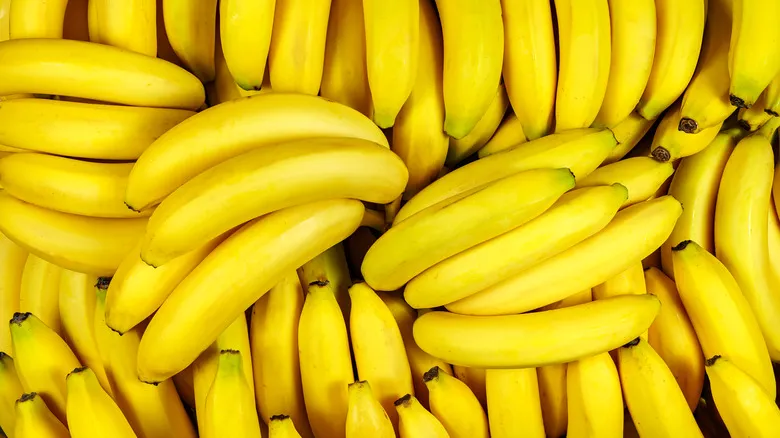When to store bananas on the countertop

Similar to avocados, mangoes, and a few other fruits, bananas are frequently sold in stores while they are still green and unripe. This practice extends their marketable shelf life by several days, allowing stores to sell most of them before they become brown. However, green bananas aren't particularly enjoyable to eat. They require an additional day or two to ripen to a yellow color, becoming firmer and losing their bitterness. Hanging them on a banana hook allows them to ripen beautifully without getting bruised.
It's not advisable to place green or bright yellow bananas in the refrigerator, as this slows down the ripening process, leaving you with unripe bananas. Moreover, refrigeration can hinder the ethylene production necessary for proper maturation. Bananas are classified as climacteric fruits, meaning they need to generate ethylene gas to sweeten and soften. This phenomenon is referred to as chilling injury, which can lead to bitter fruit and vascular browning. While it's best to let green and newly yellow bananas ripen on the countertop, be sure to keep them away from other fruits, as the ethylene gas they emit can cause those fruits to ripen too quickly and spoil.
When to store bananas in the refrigerator

Technically, there's no need to refrigerate bananas. Some people prefer their bananas when they turn brown and soft, as they become sweeter and develop a strong, artificial banana flavor. If you find yourself not wanting to eat them, it's simple to transform overripe bananas into smoothies or Martha Stewart's delightful banana bread.
If brown spots make you uneasy, you can store bananas in the fridge (just be sure to keep them away from other fruits and vegetables). This will slow down the ripening process, allowing you to enjoy the slightly overripe bananas for a longer time. In fact, the fruit remains delicious even as the skins darken, although it might be challenging to persuade picky eaters. However, this good fortune won't last indefinitely: eventually, the bananas will turn black and lose their appeal. If you still haven't used those last few dark brown bananas—whether in the fridge or on the counter—there's another solution. Simply peel them, cut them into thirds or smaller pieces, and place them in an airtight container. You can then freeze these mushy, peeled bananas, where they will keep for several months, ready for smoothies, banana bread, or as an egg substitute in baking.
Recommended

Give Butternut Squash Soup A Brighter Flavor With A Squeeze Of Citrus

The Turkish Ice Cream That Has The Texture Of Taffy

Smells Have A Larger Influence At Chain Restaurants Than You Think

What's The Difference Between The Maillard Reaction And Caramelization?
Next up

